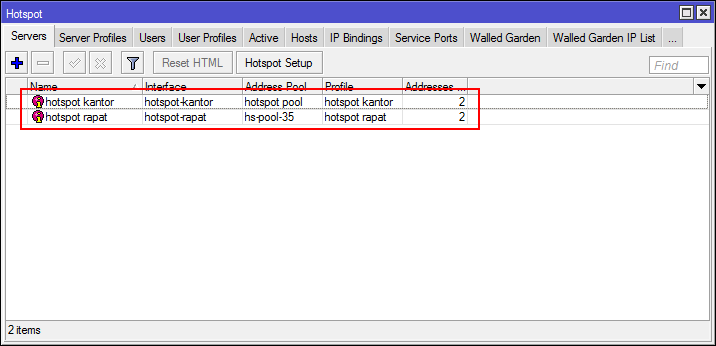A caveat of looking at Rock-Eval data from cuttings
I would like to share a recent experience I had working with a Jurassic source rock.
We had hundreds of rock-eval data of the source rock all telling us it is a pretty gas prone source (HI ranging 50 to 250 mg/gTOC). However, in the sub-basin all we have found so far are low GOR oil accumulations. The problem turns out to be due to the way the source rock is typically sampled - from cuttings. Cuttings are usually a mixed bag of samples from over 30 ft or more. In this case (or is it more prevelent?), it does not capture the actual source rock, which are coal seams much less than 2 meter thick each. These coals actually have 50% TOC and HI up to 500 mg/gTOC! Over the 200 meter source interval there may be only 10 meters of net coal. But it is equivalent to a 100 meter thick good type II oil prone source rock!
I can imagine that as long as the source rock is not unitform (how many of them are?), Rock-Eval data from cuttings may tend to downgrade the source rock to some degree, making it less oil prone.
I hope this story may help remind other petroleum system modelers to use some caution when working with "real data". Happy Holidays!
We had hundreds of rock-eval data of the source rock all telling us it is a pretty gas prone source (HI ranging 50 to 250 mg/gTOC). However, in the sub-basin all we have found so far are low GOR oil accumulations. The problem turns out to be due to the way the source rock is typically sampled - from cuttings. Cuttings are usually a mixed bag of samples from over 30 ft or more. In this case (or is it more prevelent?), it does not capture the actual source rock, which are coal seams much less than 2 meter thick each. These coals actually have 50% TOC and HI up to 500 mg/gTOC! Over the 200 meter source interval there may be only 10 meters of net coal. But it is equivalent to a 100 meter thick good type II oil prone source rock!
I can imagine that as long as the source rock is not unitform (how many of them are?), Rock-Eval data from cuttings may tend to downgrade the source rock to some degree, making it less oil prone.
I hope this story may help remind other petroleum system modelers to use some caution when working with "real data". Happy Holidays!


Comments
Post a Comment
-Berkomentarlah yang baik dan rapi.
-Menggunakan link aktif akan dihapus.